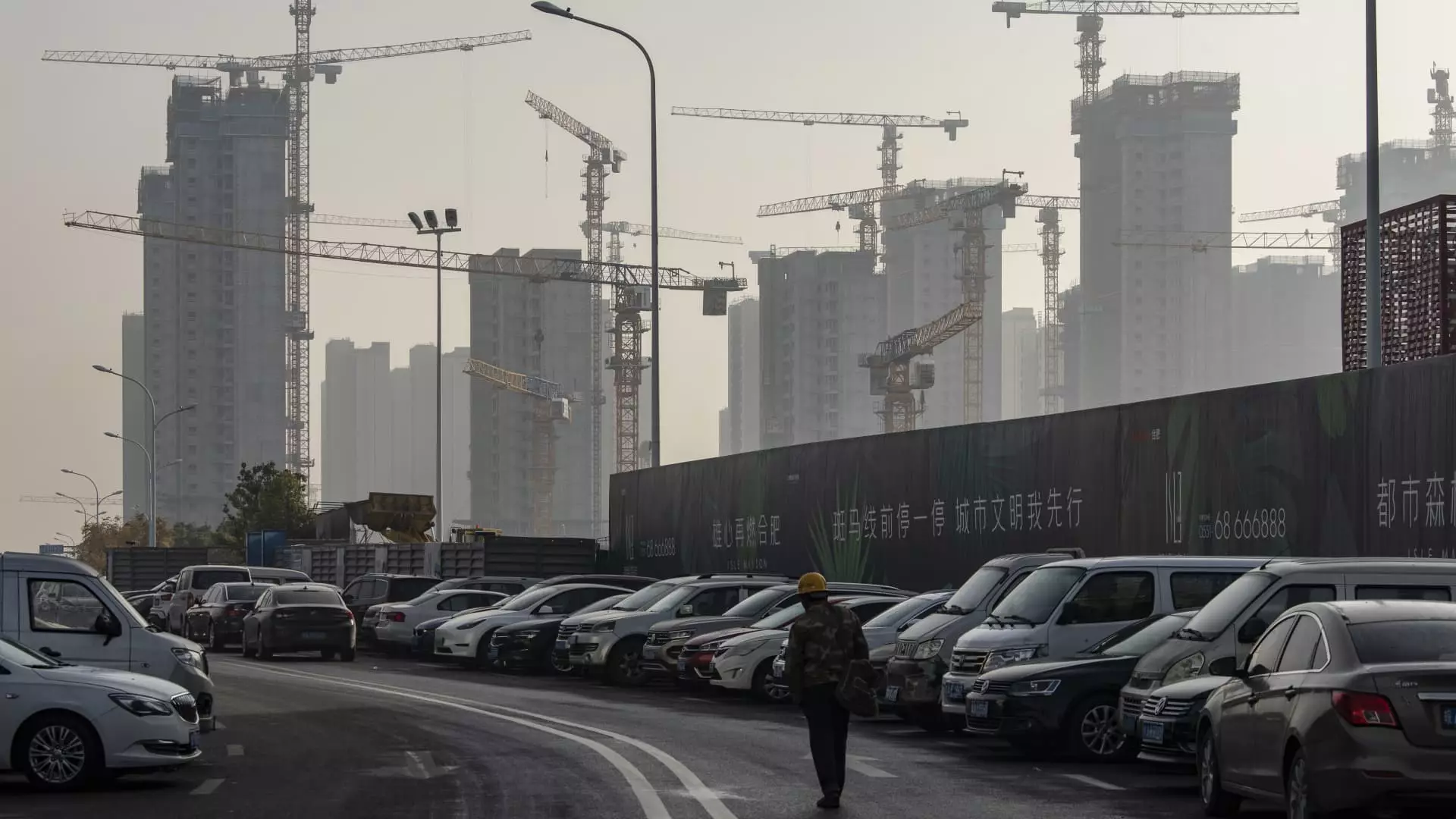China’s real estate market is undergoing a significant downturn, with several research firms projecting that recovery may not commence until late 2025. Following a steady decline and multiple incremental stimulus measures, President Xi Jinping’s government recognized the critical state of the market during a high-level meeting in late September, pledging to “halt the real estate market decline.” Despite the introduction of new measures by the Finance Ministry aimed at stabilizing this key sector, the prognosis remains grim.
Experts from Goldman Sachs, S&P Global Ratings, and Morgan Stanley have published assessments that indicate a slow path to stabilization, largely hinging on substantial government intervention. Goldman Sachs claims that comprehensive and coordinated policy measures could finally mark a turning point. However, they remain cautious, projecting that property sales will not stabilize until 2027—well beyond the anticipated timeline for price recovery.
Historically, China’s real estate market has been pivotal to the nation’s economy, contributing over 25% of its gross domestic product (GDP). The sector’s connections to household wealth and local government finance compound its importance in the economic landscape. The current crisis stems from a complex set of factors, including soaring debt levels among property developers and decreasing consumer confidence, which have rendered the sale of pre-sold homes increasingly untenable.
Despite ongoing challenges, the government is prioritizing advanced manufacturing and other growth engines over immediate real estate stabilization efforts. This shift creates a delicate balance as policymakers seek to address dwindling consumer sentiment while simultaneously investing in alternative sectors. Analysts emphasize that without sufficient fiscal stimulus—estimated at around 8 trillion yuan ($1.12 trillion) from the government—the property market’s downturn could extend for several more years.
The current market sentiment reflects a pronounced lack of optimism. According to updated data, property sales in 22 major cities saw a year-on-year decline of approximately 4% in October, but this contrasts sharply with a much steeper drop of over 25% recorded in September. While this glimmer of improvement is noteworthy, it does not imply a robust recovery. Analysts stress that any potential rebound in sales or new construction is likely to be subdued due to unsold inventories and ongoing price-cutting strategies by developers desperate to attract buyers.
Goldman Sachs warns that the average price recovery will likely be modest, with a projected increase of only 2% by 2027—a reflection of the grim reality of ongoing economic turbulence. Meanwhile, S&P Global anticipates property sales could nosedive to around 9 trillion yuan this year, possibly dropping further to mere 8 trillion yuan in 2025—a stark contrast to the staggering 18 trillion yuan sales recorded in 2021.
The many roadblocks confronting the Chinese real estate sector include a rising number of unfinished pre-sold homes, estimated to be around 20 million. Despite some governmental measures, such as a 300 billion yuan relending facility announced by the People’s Bank of China aimed at assisting state-owned enterprises in buying unsold units and converting them into affordable housing, the scale of support remains inadequate. Analysts from S&P assert that this initiative only addresses a fraction (around 4-6%) of total completed housing, emphasizing the need for more significant interventions.
Moreover, the issuance of new construction projects has plummeted. Reports suggest a steep fall of 42% from pre-pandemic levels, with further declines over the past year. This contraction strains developers even more, heightening liquidity issues and instilling a sense of caution towards land acquisitions and new developments.
The trajectory of China’s real estate market remains precarious and uncertain, with a combination of external pressures and internal weaknesses working against recovery. As the government continues to grapple with long-term structural changes while simultaneously addressing acute market crises, the road to stabilization will undoubtedly be arduous. Given the multifaceted nature of the challenges at hand, there is little room for complacency. Those invested in or affected by the housing market will need to prepare for a lengthy period of adjustment as the fundamental issues are addressed amid government attempts to revive the sector. Ultimately, without a robust and coordinated strategy to address liquidity constraints, inventory pressures, and consumer confidence, the potential for a meaningful turnaround remains a distant hope.

Leave a Reply